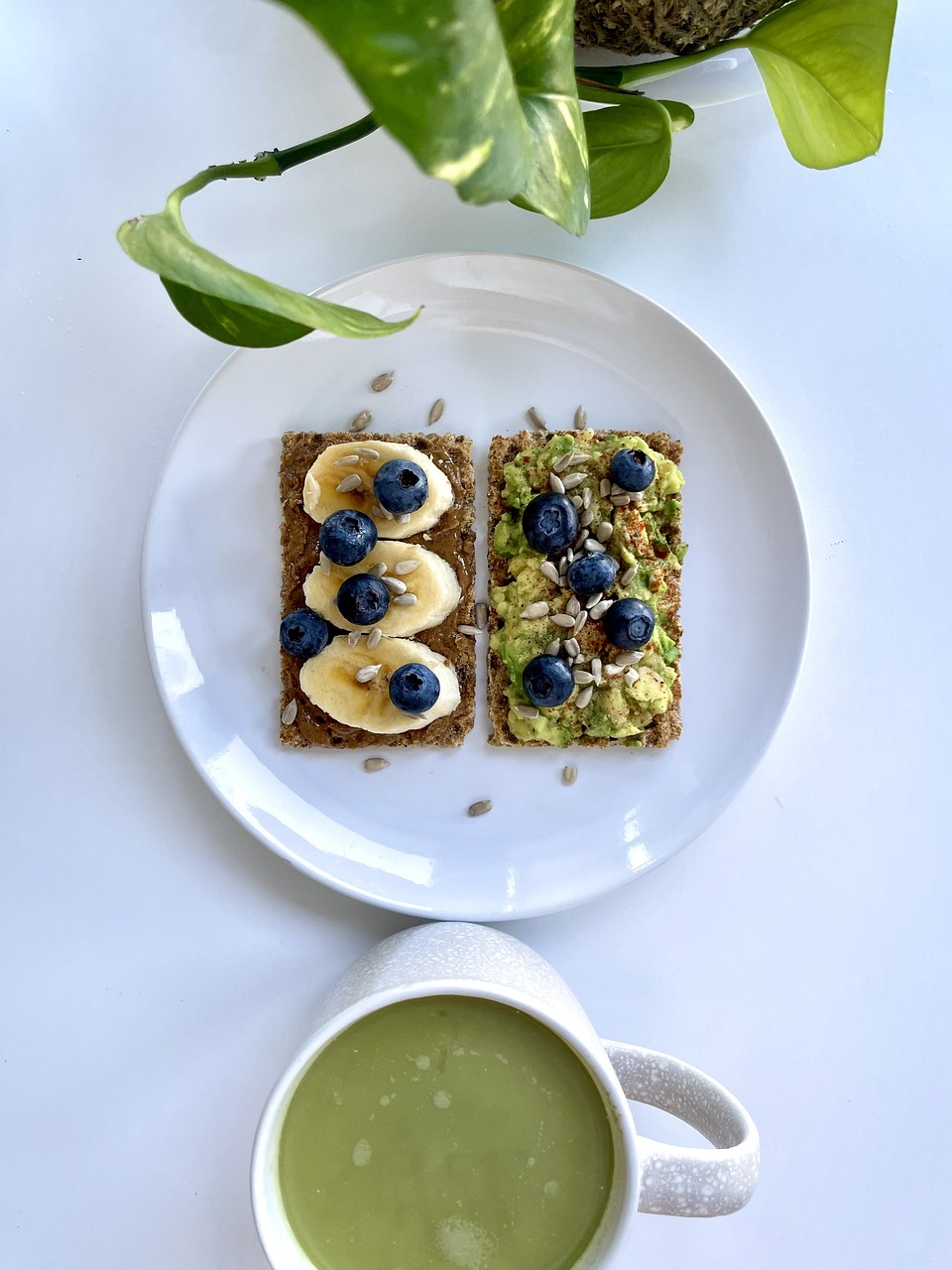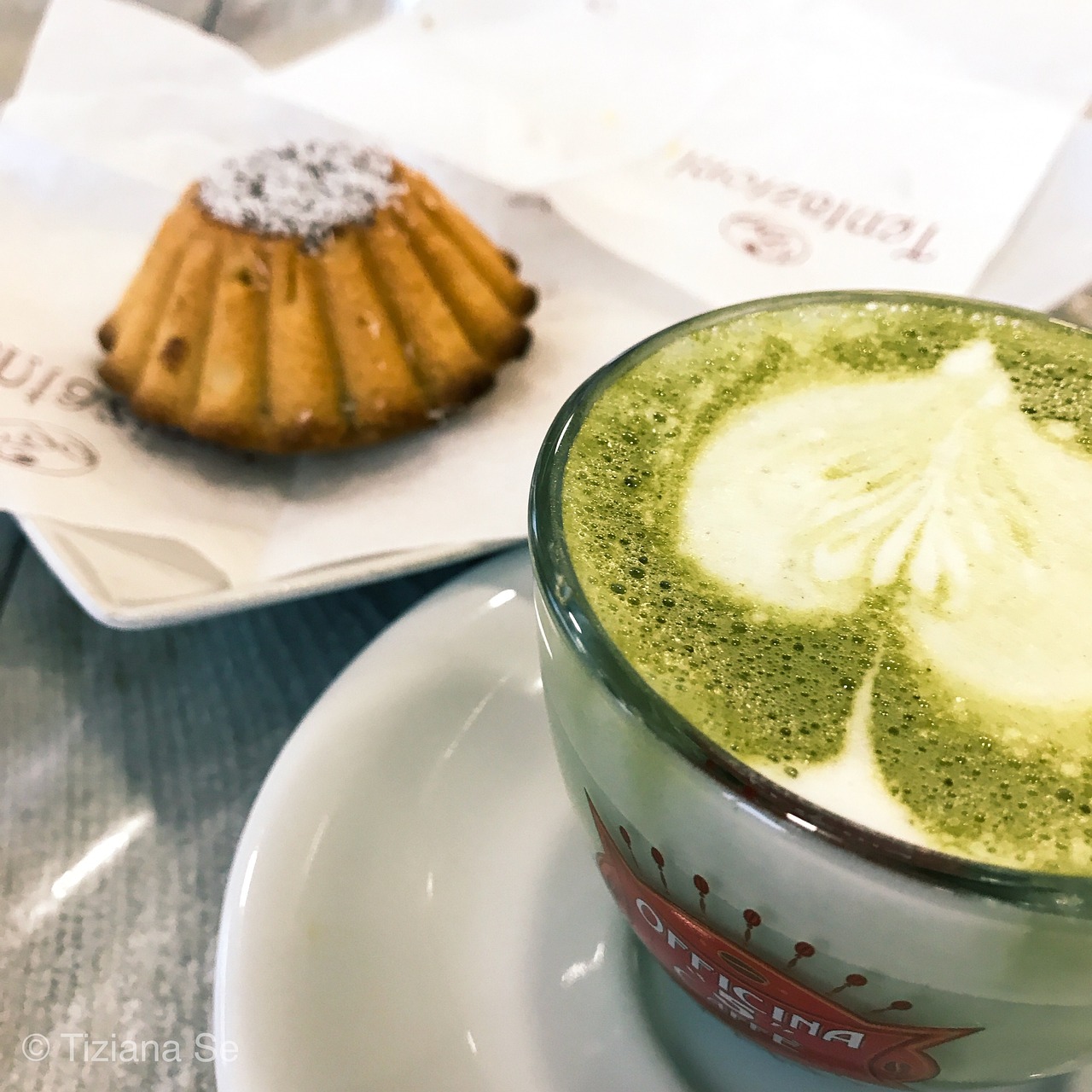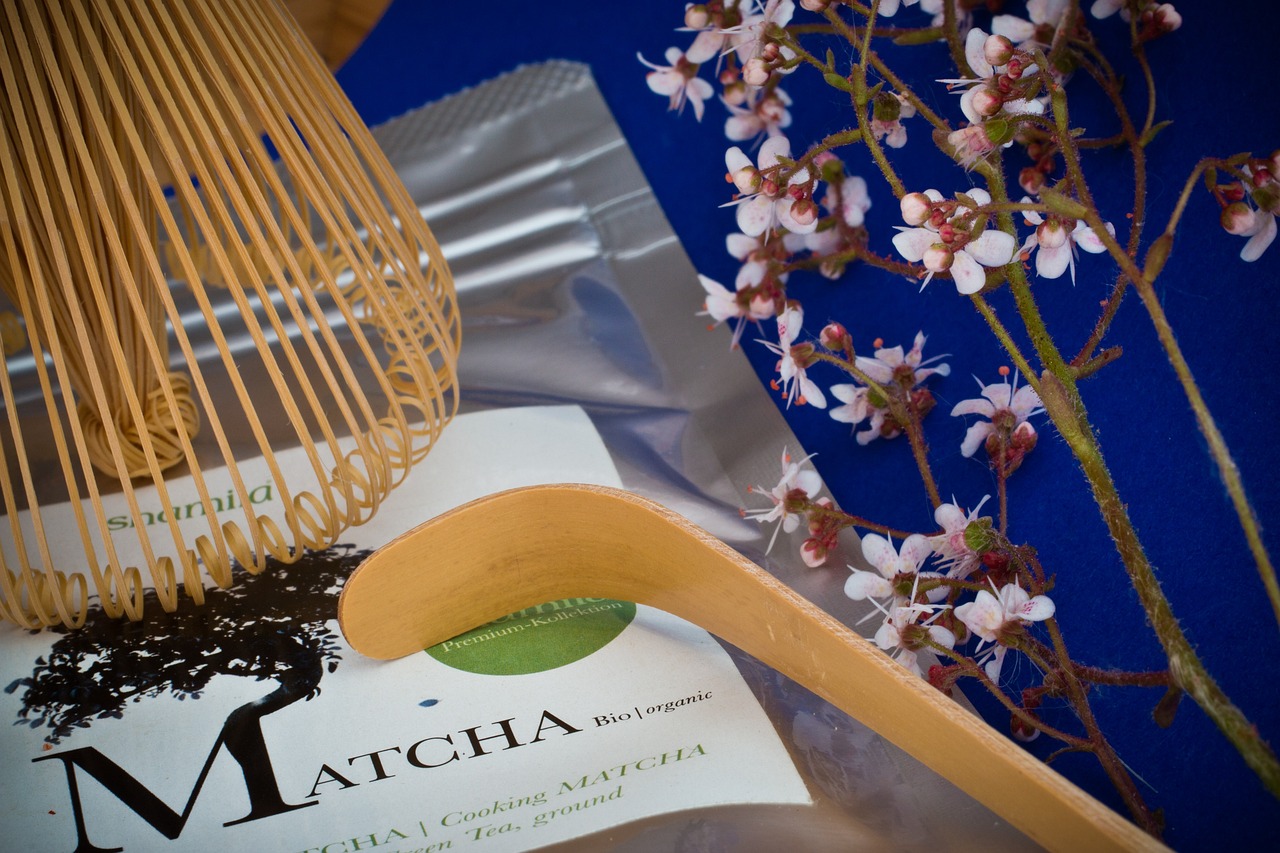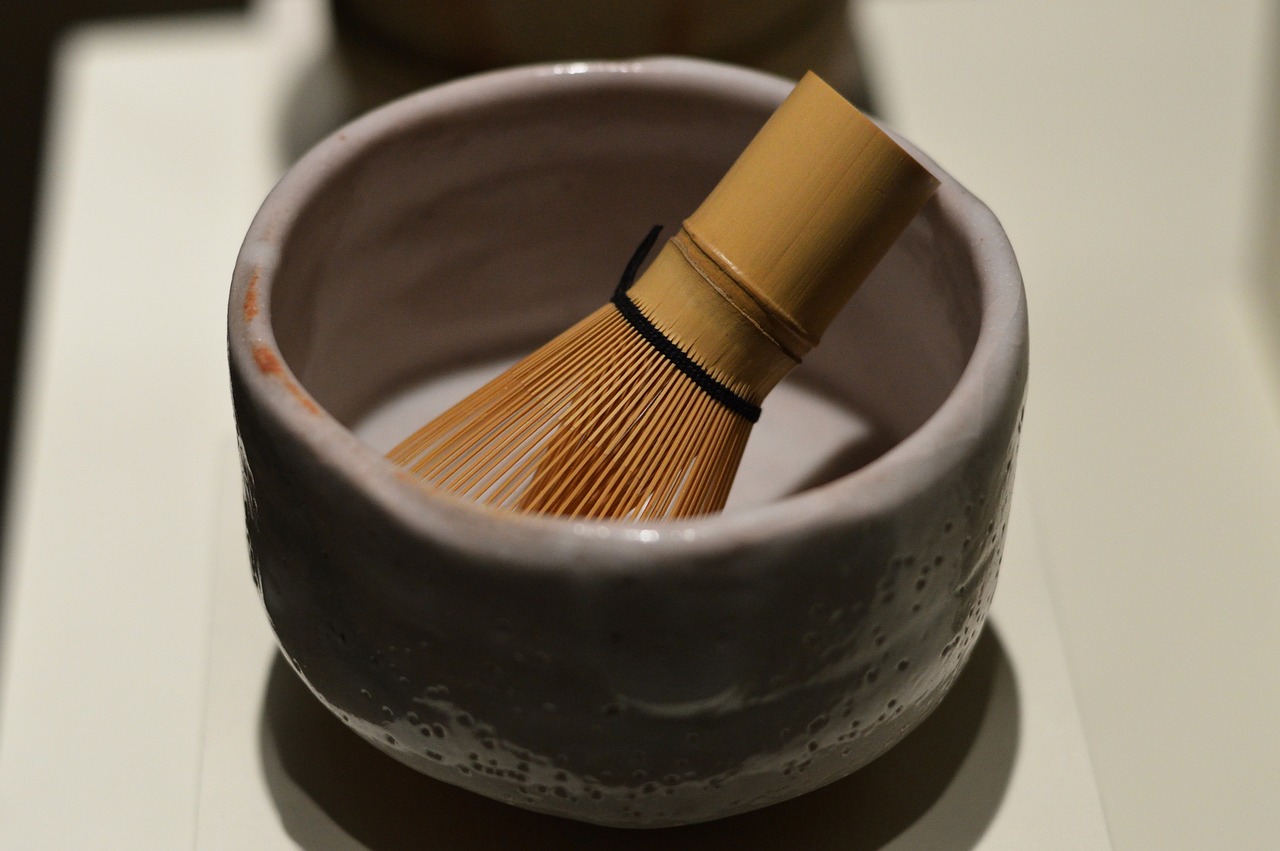While green tea has for quite some time been a suggested piece of a sound eating regimen, another more splendid shade is turning out to be progressively well known: matcha. This is the very thing that you ought to be aware of the drink.
What is matcha tea?
Matcha is a sort of green tea made by taking youthful tea leaves and crushing them into a radiant green powder. The powder is then sped with high temp water. This is not the same as normal green tea, where the leaves are mixed in water, then eliminated. Drinking prepared green tea “is a piece like bubbling spinach, discarding the spinach and simply drinking the water,” says Louise Cheadle, co-writer of The Book of Matcha and co-proprietor of the tea organization teapigs. ” You will get a portion of the supplements, however you’re discarding the best piece.” With matcha, you’re drinking the entire tea leaves.
Matcha leaves are developed on green tea shrubberies held under conceal. The shade expands how much chlorophyll content in the leaves, which makes them dazzling green and brimming with supplements. The leaves are picked manually and the stems and veins are taken out. As indicated by Cheadle, the leaves are customarily ground by rock stones into a really fine powder. ” It requires an hour to crush the leaves, and it’s finished in obscurity to safeguard the supplements,” she says.
“The best matcha comes from Japan, where it has been developed for quite a long time and structures part of the conventional Japanese tea function,” she adds.
What are matcha tea benefits?
Matcha, as other green teas, contains a class of cell reinforcements called catechins. Matcha is high in a catechin called EGCG (epigallocatechin gallate), which is accepted to have malignant growth battling consequences for the body. Studies have connected green tea to an assortment of medical advantages, such as assisting with forestalling coronary illness, type 2 diabetes and disease, and, surprisingly, uplifting weight reduction. In any case, it means a lot to take note of that quite a bit of this exploration isn’t from clinical preliminaries that show green tea causes an advantage. All things considered, it’s generally from populace based examinations, where specialists take a gander at gatherings who drink green tea and contrast their wellbeing results with bunches that don’t drink it. Studies have shown relationship among tea and better wellbeing, however causation isn’t yet demonstrated. Matcha is even less contemplated than prepared green tea.
In any case, there have been a few fascinating discoveries. A recent report saw 25 randomized controlled preliminaries on the connection among tea and pulse and detailed that when individuals drank tea — particularly green tea — for quite a long time, their circulatory strain dropped fundamentally. A recent report detailed that drinking green tea gave off an impression of being connected with lower levels of terrible LDL cholesterol, however more examination is required. Since matcha is a kind of green tea, they might have comparable advantages, yet there’s insufficient examination to make that case.
How does matcha contrast with green tea?
Both standard prepared green tea and matcha contain caffeine, however not as much as espresso or dark tea. Matcha seems to contain more caffeine that normal blended green tea.
It likewise seems to contain more EGCG. ConsumerLab.com, a free testing bunch, tried matcha items in 2015 and found that matcha gave 17 mg to 109 mg of EGCG per serving. By examination, the typical prepared green tea gives 25 to 86 mg for every serving. While matcha powders contained a greater number of catechins per gram than blended green tea, it was significantly more costly: The most reduced cost matcha powder was accessible at the ideal opportunity for $2.31 for 200mg of EGCG, contrasted with 27 pennies for a similar sum from prepared green tea. Contrasted with the powders, matcha in tea sacks gives altogether less EGCG.
“Part of the entire air [of drinking matcha] is that it’s an encounter,” says Dr. Tod Cooperman, the leader of ConsumerLab.com. ” In any case, you are paying a premium for that decent experience.”
What does matcha taste like?
“A decent quality matcha is radiant green and smooth. A normal matcha will be yellow and grainy to contact — the harder leaves of the tea bramble,” says Cheadle. The nature of leaves influences the taste. ” A decent matcha won’t taste unpleasant by any means; there will be a somewhat sweet taste.”
Would it be advisable for you to be worried about lead in matcha tea?
Lead in green tea has been a worry. ” Green tea resembles a wipe for lead, ” says Cooperman. ” It’s not shocking we have found throughout the long term sensibly undeniable levels in green tea.”
In any case, ConsumerLab.com’s trying has seen that as regardless of whether lead is found in the leaves utilized in green tea packs, it doesn’t seem, by all accounts, to be retained into the water. Cooperman says his group was worried about lead content in matcha, in light of the fact that individuals consume the ground green tea leaves straightforwardly as opposed to in packs. Nonetheless, their testing showed that among the six famous matcha brands they tried — DoMatcha, Encha Natural Matcha, Rishi Teahouse Matcha, Teavana Magnificent Matcha, Kirkland Mark Green Tea and The Republic of Tea Twofold Green Matcha Tea — the powders were not debased by lead or different metals, and furthermore didn’t contain pesticides. At this point, Cooperman says he doesn’t really accept that lead openness is a gamble in the matcha at present sold in the US.
“You can ingest without stressing,” says Cooperman. ” We haven’t tried each brand out there, however the exceptional brands we have tried have been spotless.”
How would you make matcha tea?
Matcha powder and heated water ought to be whisked together. It’s suggested that you utilize a tea sifter to filter the matcha into a bowl to keep away from bunches. Then, at that point, add warm water and whisk it. ( Customarily this is finished with a called a bamboo whisk called a chasen.) The whisking makes a frothy tea that can be immersed your cup. Certain individuals add the powder to other hot fluids, similar to drain, to make a dazzling green latte. This is a video of the way to make conventional matcha tea.
Cheadle says she carries powders with her so she can shake it into a hydrate or a smoothie. It can likewise be added to different food sources, similar to breads and cakes, for its tone and flavor.
Are there incidental effects from matcha tea?
Drinking green tea and matcha are viewed as solid and safe, however individuals delicate to caffeine ought to know that both contain good measures of the energizer. In 2016, the World Wellbeing Association likewise connected the utilization of hot beverages, similar to espresso and tea, to a higher gamble of malignant growth of the throat. Be that as it may, the gamble is a lot of lower than the gamble of malignant growth from different causes, such as smoking.






